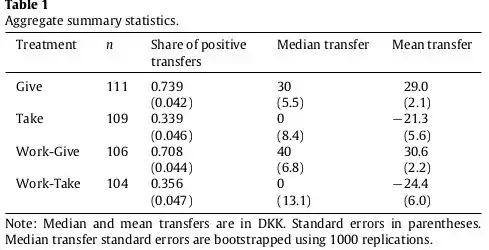I have a data set of active layer depths from an Arctic field site. There are two factors in the data set, Month measured (July or August), and Location (shrub patch or open tundra). I had intended on running a two-way ANOVA to test for differences between treatments so I tested the model assumptions graphically. The Q-Q plots indicate normality, but the plot of the residuals against the fitted y indicate heteroskedasticity. I should also note that interaction plots suggest essentially no interaction between factors.
I have tried a log transformation, which seems to create equal variance, but the distribution becomes non-normal. Before I start randomly applying transformations, I wanted to explore alternatives. My understanding is that there is a non-parametric alternative to a two-way ANOVA, but I am wondering if there is a more effective tool. For example is there an appropriate way of using a generalized linear model (GLM) to solve this problem? I am new to the world of GLMs but I have been told in the past they are more versatile.
